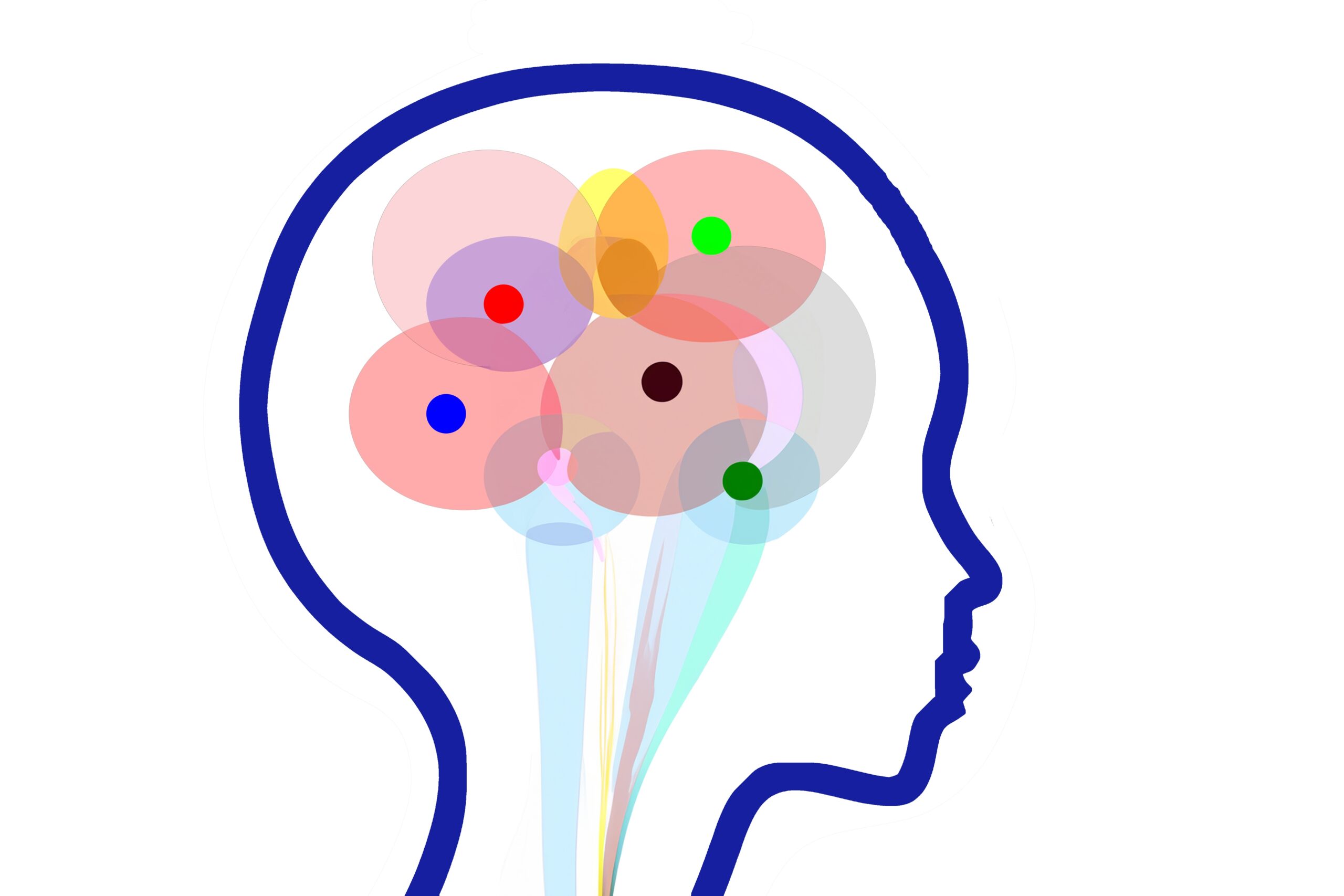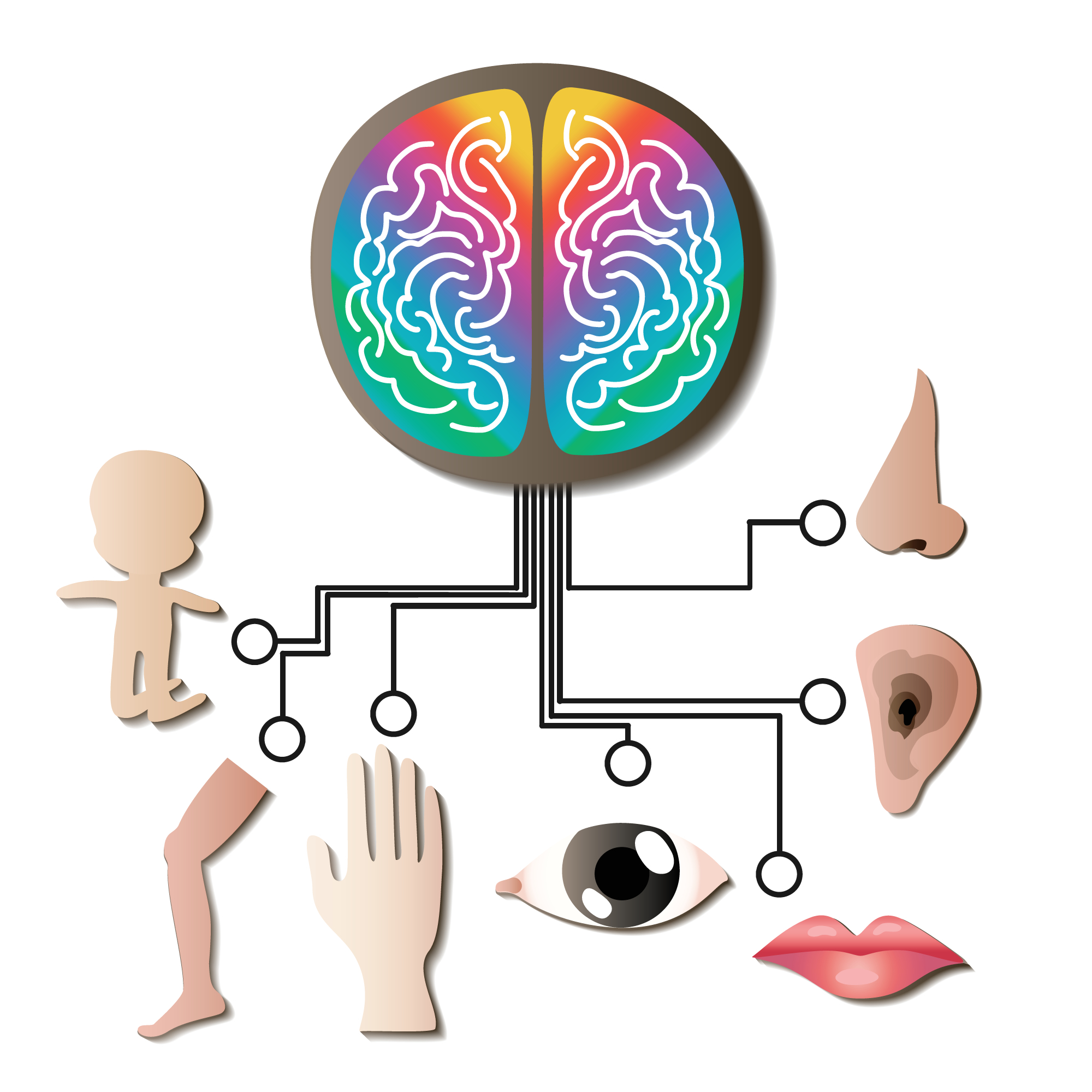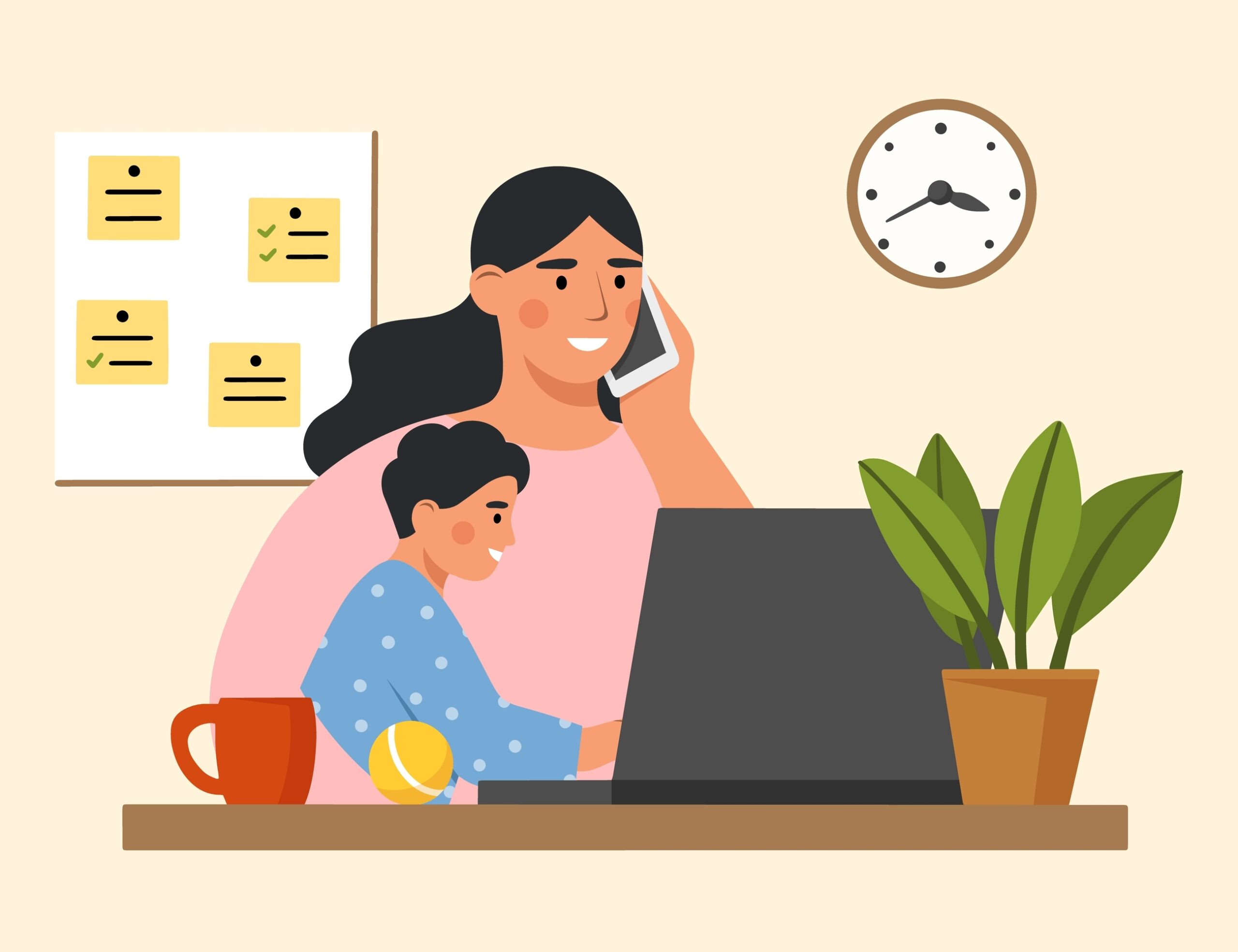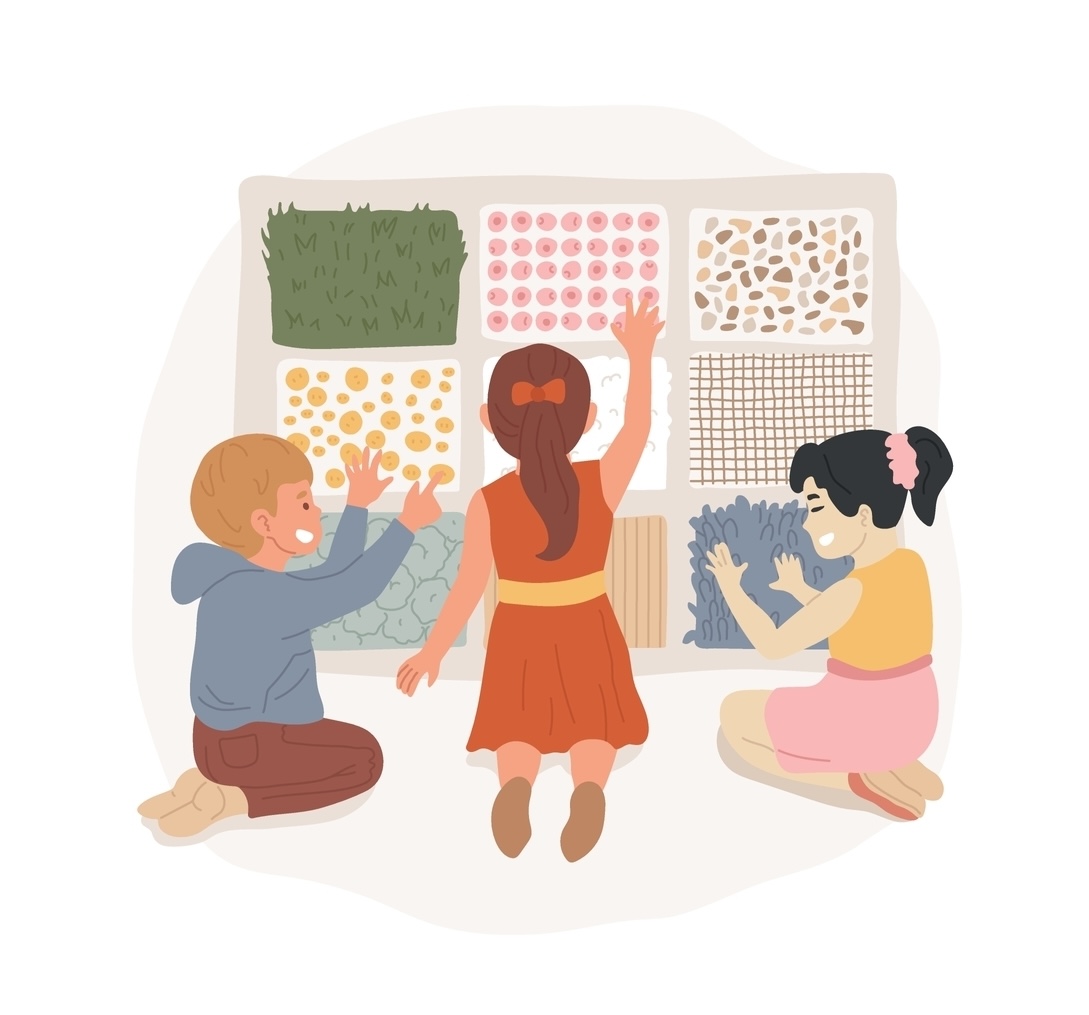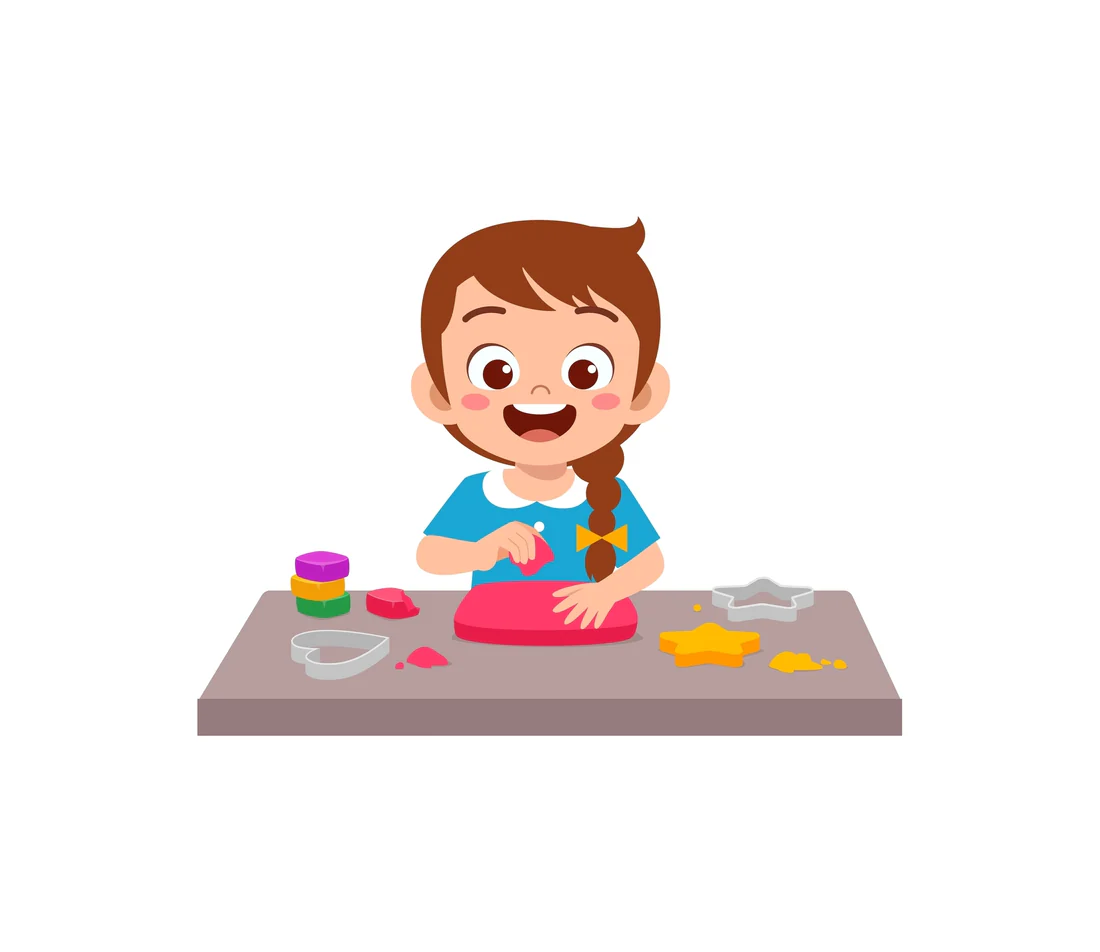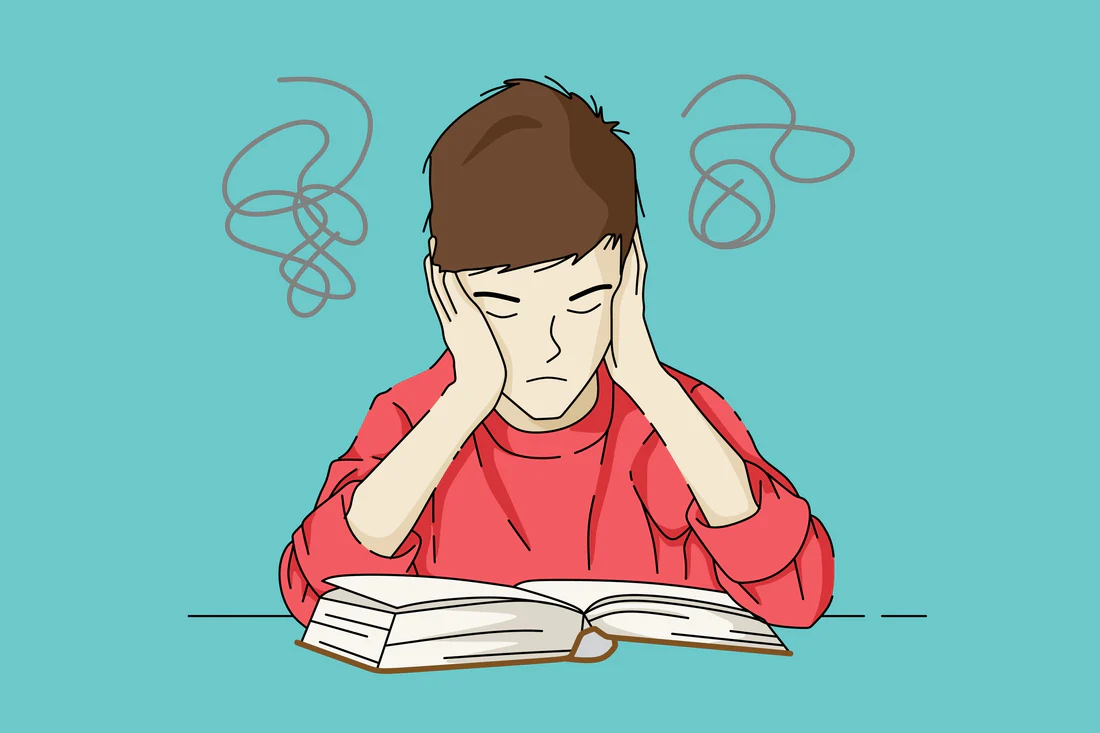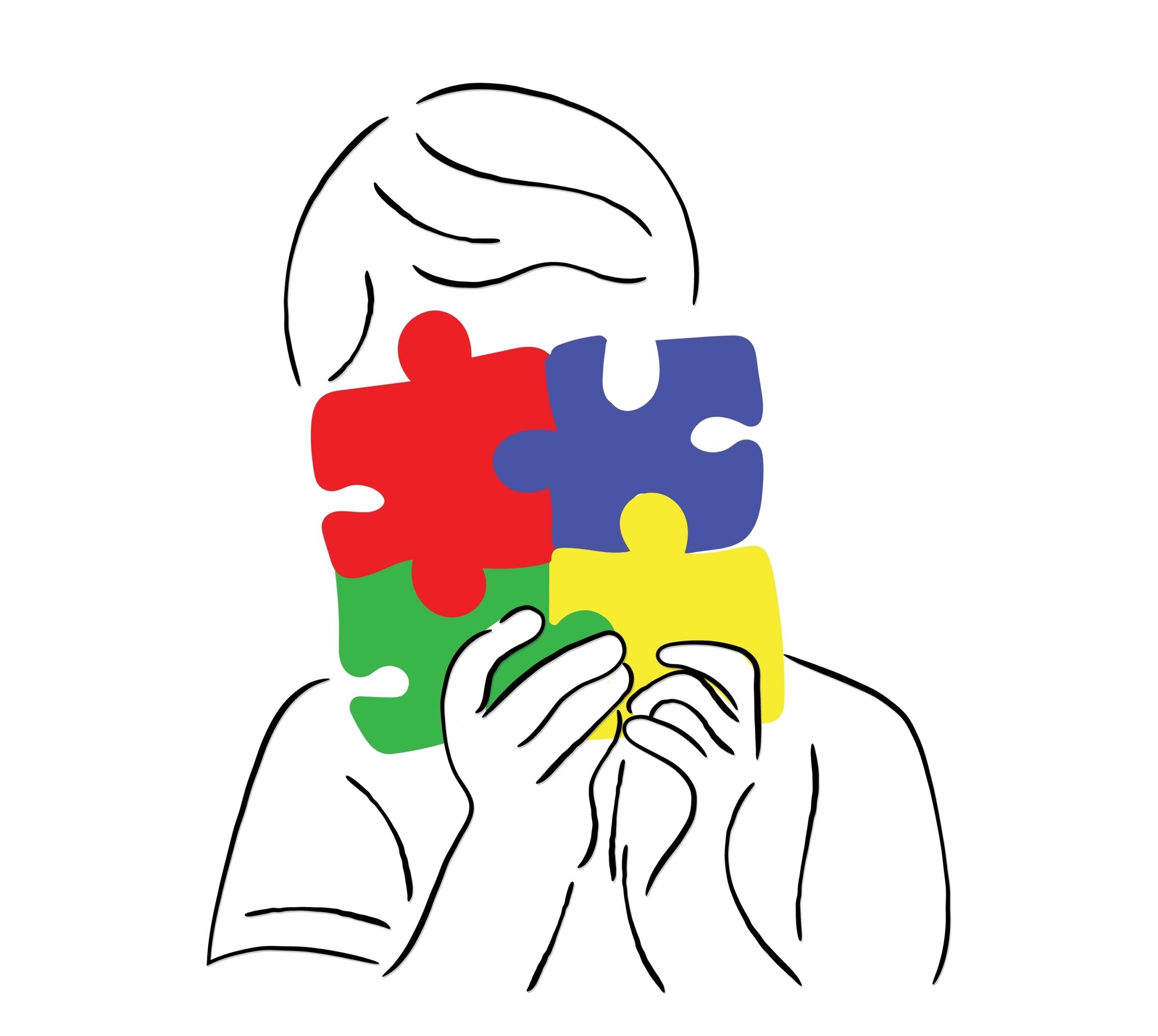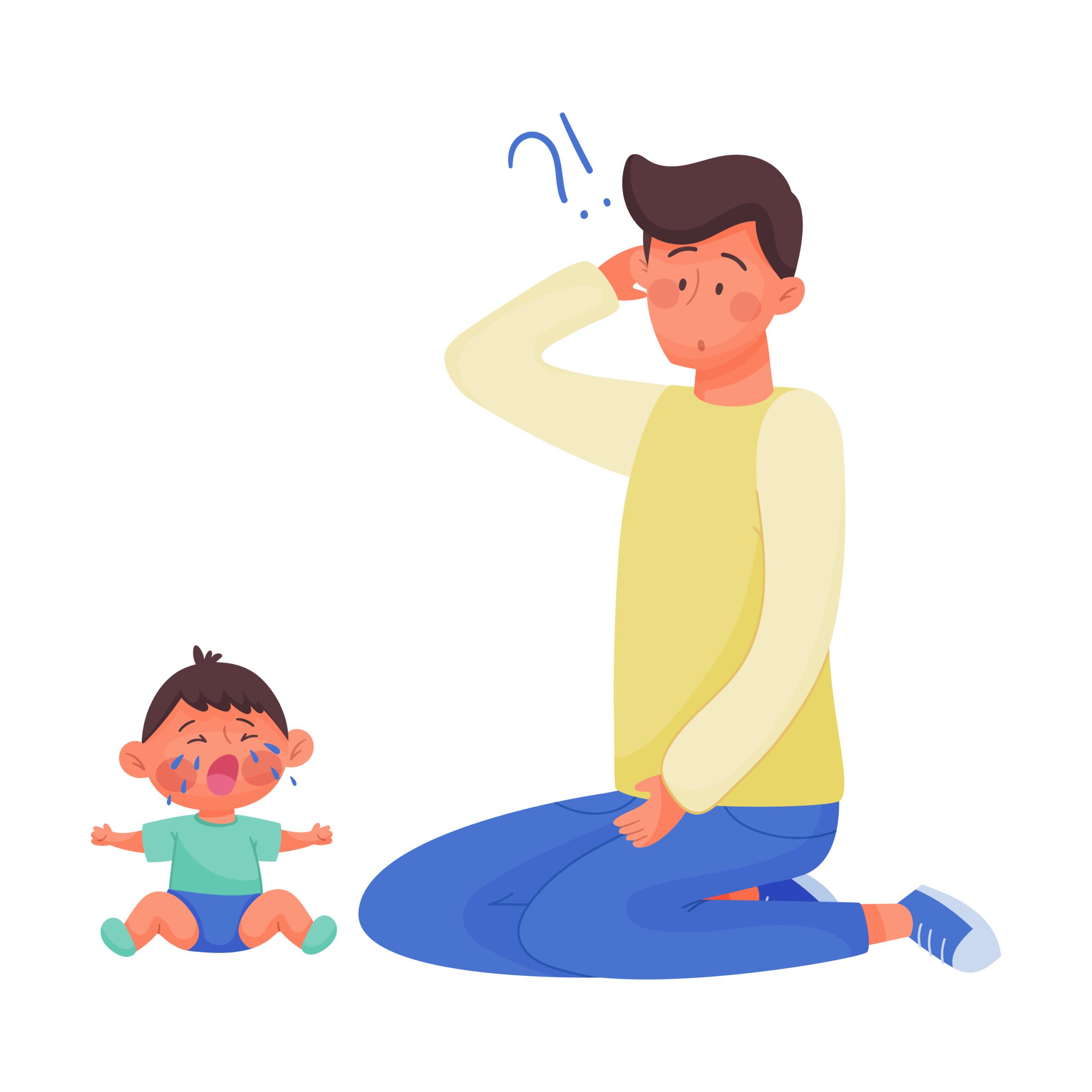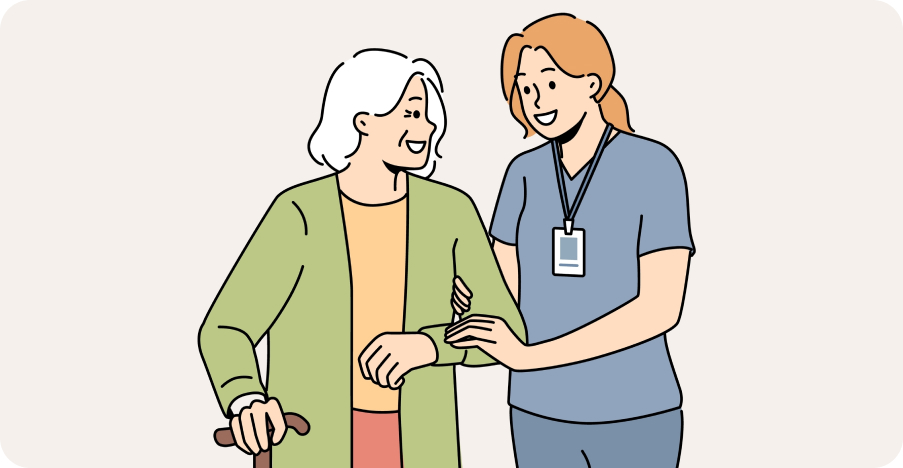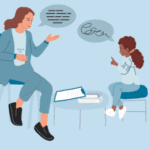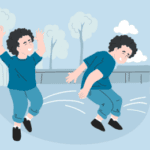
Blog
Speech Therapy for Autism: What Parents Should Know
Author: DrSensory
July 13, 2025
Speech Therapy for Autism: What Parents Should Know
Watching your child grow and develop is one of the most rewarding parts of being a parent. But when communication doesn’t come easily, it can be a source of worry and frustration. For many parents of children with Autism Spectrum Disorder (ASD), navigating the world of speech and language development is a primary concern. You might wonder if your child will ever speak, how they will make friends, or how you can better understand their needs.
The good news is that there are powerful tools and dedicated professionals ready to help. Speech therapy is a cornerstone of support for children with autism, offering a pathway to improved communication, stronger social connections, and greater independence.
This guide will walk you through what you, as a parent, should know about speech therapy for autism. We will explore how it helps, what common challenges it addresses, what to expect during sessions, and how you can support your child’s progress at home. With the right information and support, you can empower your child to find their voice.
How Speech Therapy Helps Children with Autism
Speech therapy for children with autism goes far beyond simply teaching them how to pronounce words. A qualified Speech-Language Pathologist (SLP) addresses a wide range of communication skills. Their goal is to help your child become a more effective and confident communicator in all aspects of life.
The benefits are comprehensive and can be transformative. SLPs work on developing both verbal and non-verbal communication skills. This means they help children who are non-verbal find alternative ways to express themselves while encouraging verbal language in others.
Here’s a closer look at how speech therapy helps:
- Improving Verbal Communication: For children who speak, therapy can focus on building vocabulary, forming clear sentences, and using grammar correctly. It helps them articulate their thoughts and needs more effectively.
- Developing Non-Verbal Skills: Communication is more than just words. SLPs teach children to understand and use gestures, eye contact, facial expressions, and body language to convey meaning.
- Enhancing Social Communication (Pragmatics): This is a critical area for many children with autism. Speech therapy helps them learn the unwritten rules of social interaction, such as how to start a conversation, take turns speaking, stay on topic, and understand humor or sarcasm.
- Understanding Language: Therapy helps children improve their receptive language skills—their ability to understand what others are saying. This includes following directions, understanding questions, and grasping concepts.
- Exploring Augmentative and Alternative Communication (AAC): For children who are non-verbal or have significant speech challenges, SLPs can introduce AAC methods. These range from simple picture exchange systems (PECS) to high-tech speech-generating devices, giving every child a way to communicate.
- Addressing Feeding and Swallowing Issues: Some children with autism also have sensory-related feeding challenges. Many SLPs are trained to help with these issues, making mealtimes less stressful.
Common Speech Challenges in Autism
Autism is a spectrum, and so are the communication challenges associated with it. Some children may be completely non-verbal, while others might have extensive vocabularies but struggle with the social use of language. A Speech-Language Pathologist is trained to identify and address these specific difficulties.
Here are some of the most common speech and language challenges seen in children with autism:
- Delayed or Absent Speech: Approximately one-third of individuals with autism are non-verbal or have very limited speech. They may not babble as infants or may not start using single words by their second birthday.
- Echolalia: This is the repetition of words or phrases spoken by others. It can be immediate (repeating something right after hearing it) or delayed (repeating a line from a movie hours later). While it can be a stepping stone to more functional language, it can also interfere with conversational turn-taking.
- Scripting: Similar to echolalia, scripting involves reciting lines from movies, books, or TV shows. It can be a way for a child to self-soothe, process information, or attempt to communicate.
- Unusual Tone or Rhythm (Prosody): A child with autism might speak in a flat, robotic-sounding tone or use a sing-song-like cadence. They may also struggle with controlling the volume of their voice, speaking too loudly or too softly.
- Difficulty with Pronouns: It is common for children with autism to reverse pronouns, for example, saying “You want a cookie” when they mean “I want a cookie.” This happens because they often repeat language exactly as they hear it.
- Literal Interpretation of Language: Children with autism often have trouble understanding idioms, sarcasm, or figurative language. If you say, “It’s raining cats and dogs,” they might look outside for animals falling from the sky.
- Challenges with Social Pragmatics: This is one of the most defining challenges. It involves difficulty initiating or maintaining a conversation, understanding non-verbal cues, or considering the listener’s perspective.
Understanding these specific challenges allows therapists to create targeted interventions that address the root of your child’s communication difficulties.
What to Expect During Speech Therapy Sessions
Your child’s first speech therapy session will begin with a comprehensive evaluation. The SLP will use a mix of standardized tests, informal observations, and interviews with you to assess your child’s current communication abilities. This information helps them create an individualized treatment plan with specific, measurable goals.
Once therapy begins, sessions are typically structured yet flexible, designed to be engaging and motivating. Here’s what you can generally expect:
- Play-Based Learning: For young children, therapy almost always looks like play. SLPs are experts at embedding learning opportunities into fun activities like building with blocks, playing with dolls, or completing puzzles. This naturalistic approach encourages communication in a low-pressure environment.
- Structured Activities: The therapist will also use structured drills and activities to target specific skills. This could involve practicing certain sounds using flashcards, role-playing social scenarios, or following a sequence of directions.
- Use of AAC: If your child uses an AAC device, the session will focus on teaching them how to use it effectively to communicate their wants, needs, and ideas. The therapist will model its use and create opportunities for your child to practice.
- Parent Involvement and Training: Your involvement is crucial. A good therapist will see you as a partner in the process. They may invite you into the session to observe and participate, and they will provide you with strategies and activities to practice at home. This “homework” is essential for reinforcing what is learned in therapy.
- Regular Progress Monitoring: The SLP will continuously track your child’s progress toward their goals. They will regularly update you on achievements and adjust the treatment plan as needed to address new challenges or build on new strengths.
Sessions can be one-on-one or in a small group setting. Group therapy can be particularly beneficial for practicing social skills with peers in a supportive environment.
Tips for Supporting Speech Development at Home
Speech therapy is most effective when the skills learned in sessions are carried over into the child’s daily life. You are your child’s first and most important teacher. Here are some practical tips to support your child’s speech and language development at home:
- Follow Your Child’s Lead: Pay attention to what your child is interested in. Get on the floor and play with them. When you engage with them around their interests, they are more likely to be motivated to communicate.
- Model, Don’t Command: Instead of telling your child to “Say ‘ball,'” model the language for them. If they point to a ball, you can say, “You want the ball! Big ball!” This takes the pressure off and provides a rich language model.
- Narrate Your Day: Talk about what you are doing, seeing, and thinking throughout the day. When you’re making lunch, you can say, “I’m cutting the apple. The apple is red and crunchy.” This continuous stream of language helps build vocabulary and sentence structure.
- Use Gestures and Visuals: Pair your words with gestures, facial expressions, and pictures. This helps your child understand the meaning of words and provides them with a non-verbal way to communicate.
- Create Opportunities for Communication: Don’t anticipate your child’s every need. If you know they want a snack, place it in a clear container they can’t open themselves or put it just out of reach. This creates a natural opportunity for them to ask for help, whether through a word, a gesture, or an AAC device.
- Read Together Every Day: Reading books exposes your child to new vocabulary, sentence structures, and story concepts. You don’t have to read every word. You can talk about the pictures, make the animal sounds, and let your child turn the pages.
Remember to celebrate every attempt at communication, no matter how small. Your encouragement and patience will create a safe and supportive environment where your child feels empowered to communicate.

Frequently Asked Questions (FAQ)
❓At what age should my child with autism start speech therapy?
It is recommended to start speech therapy as early as possible. Early intervention, often beginning in toddlerhood, can have a significant positive impact on a child’s long-term communication skills and overall development. If you have concerns, seek an evaluation without delay.
❓Can speech therapy help a non-verbal child with autism learn to talk?
Yes, speech therapy can help many non-verbal children develop spoken language. For others, the focus may be on developing functional communication through Augmentative and Alternative Communication (AAC) methods, such as picture systems or speech-generating devices, ensuring every child has a voice.
❓How long will my child need speech therapy?
The duration of speech therapy varies greatly for each child. It depends on their individual needs, the severity of their communication challenges, and the consistency of therapy and at-home practice. Some children may need therapy for a few years, while others may benefit from ongoing support throughout their school years.
❓What is the difference between school-based and private speech therapy?
School-based speech therapy is provided through the public school system and focuses on communication skills needed to access the academic curriculum. Private therapy, which you seek out independently, can often be more intensive and may address a broader range of communication goals related to home and community life. Many children benefit from receiving both.
❓How can I find a qualified speech therapist near me for my child with autism?
You can start by asking your pediatrician for a referral. Professional organizations like the American Speech-Language-Hearing Association (ASHA) have online directories to help you find certified SLPs in your area. Look for therapists who have experience and specialized training in working with children with autism.
related blogs
Your child is constantly moving, crashing into furniture, or having meltdowns in response to seemingly minor things like a loud
Your toddler refuses to wear certain clothes, has huge meltdowns in noisy places, or is an extremely picky eater, limited
Your child seems to miss verbal instructions, struggles to follow conversations in noisy environments, and often asks "what?" even when
On the surface, autism and Ehlers-Danlos syndrome (EDS) might seem like two entirely unrelated conditions. One is a neurodevelopmental condition
The intense head pain begins, lights feel blindingly bright, and every sound seems amplified to an unbearable level. You retreat




